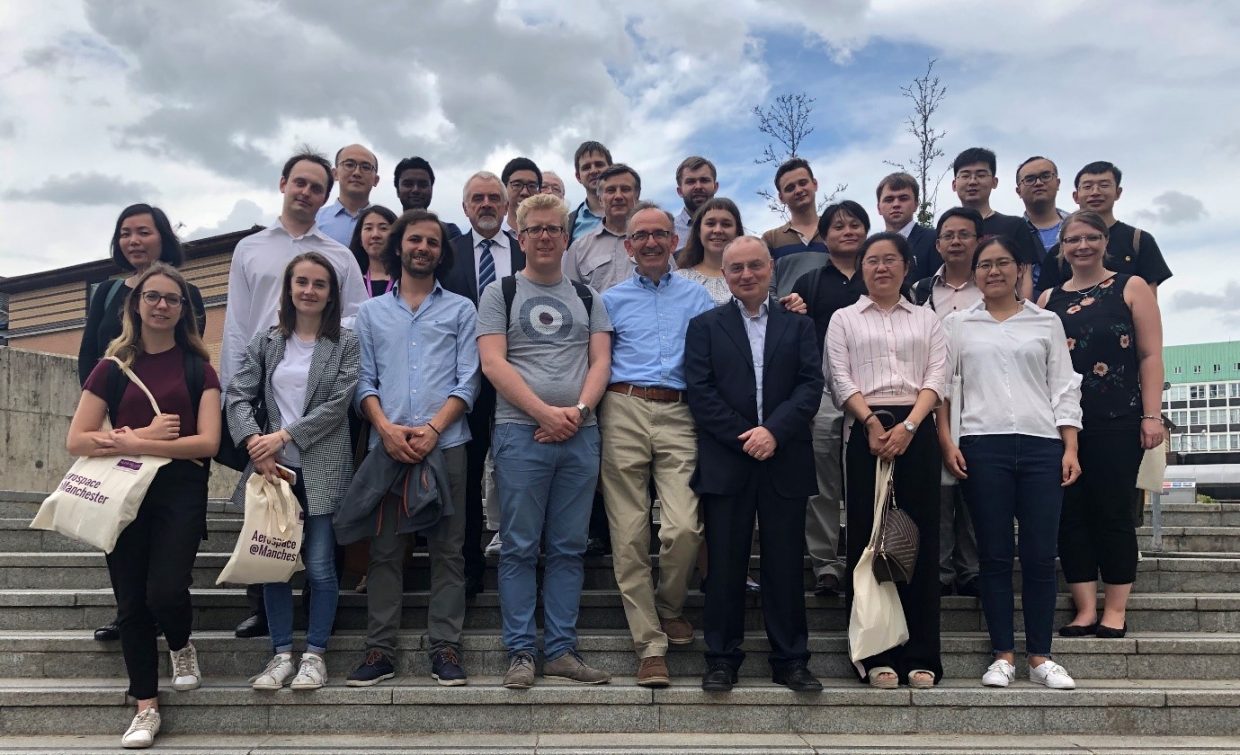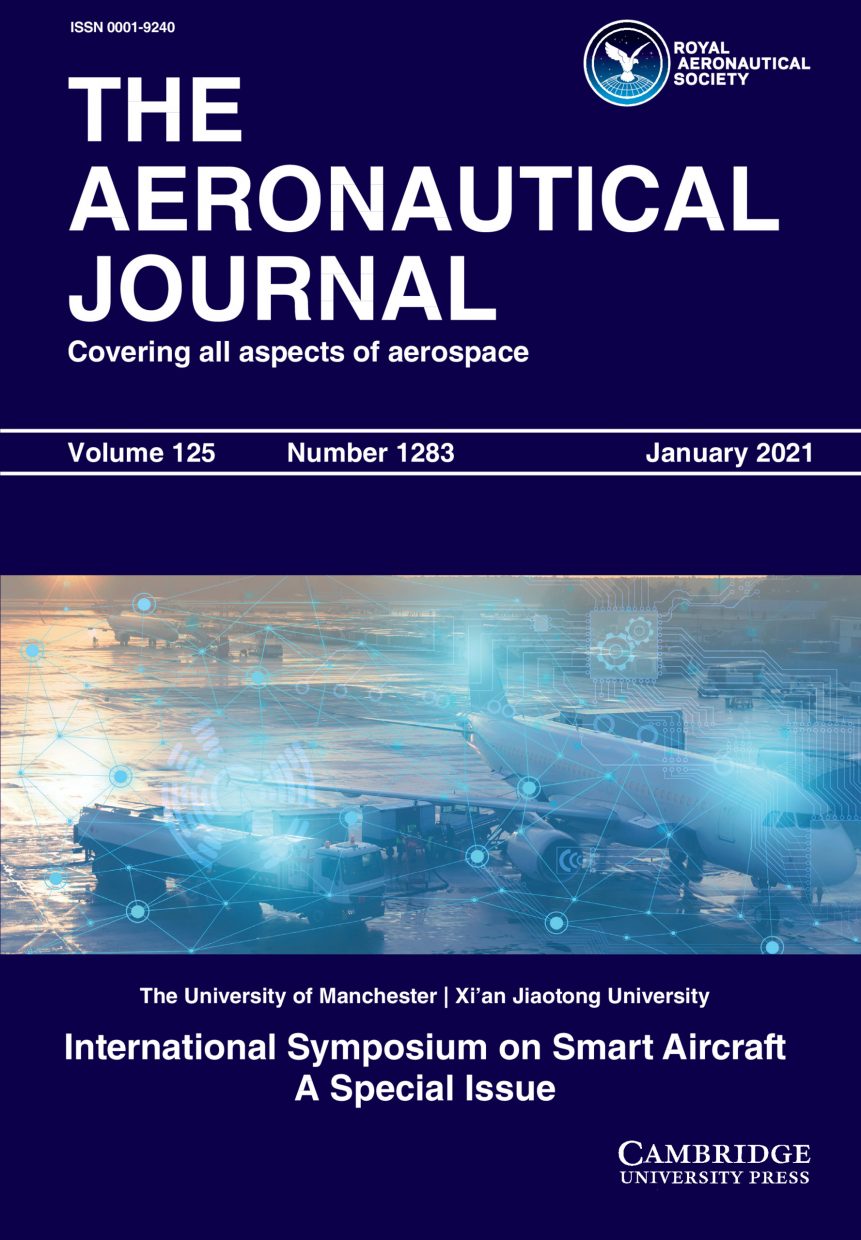The International Symposium on Smart Aircraft – A Special Issue
The Aeronautical Journal January 2021 Vol 125 No 1283
The Aerospace Education Forum was held in Manchester in July 2019, organised in collaboration with the Xi’an Jiaotong University (XJTU), a C9 League (China’s Ivy League) university and the University of Manchester Aerospace Research Institute (UMARI). The Institute plays a vital role in positioning the University at the forefront of international aerospace research by creating an environment where collaboration can take place easily and becoming a collaborator of choice within Europe and for the major aerospace companies. Manchester in addition to traditional aeronautics has a strong heritage of space research encompassing the pioneering radio astronomy work at Jodrell Bank, planetary science and cosmochemistry, space instrumentation and space technology development.
The primary objective of the two-day Manchester Forum (24-25 July 2019) was to provide a basis for world-leading research training and collaboration in the field of Aerospace Science and Engineering and more specifically to strengthen relations with leading universities from Europe, China and beyond and develop ideas in attracting a young generation to the Aerospace sector in both academia and industry. It was also agreed to explore possibilities of mutual educational programmes, summer schools, and research with joint PhD supervision in Aerospace science and engineering.
The Aerospace Education Forum was followed by a two-day international symposium in October 2019 on ‘Smart Aircraft’, hosted by Professor Gang Chen in Xi’an at the new campus of Jiaotong University. From this conference gelled the idea of a special issue of The Aeronautical Journal, whereby invited Guest Editors would choose from amongst the leading key speakers of the conference to publish their latest work. Conference delegates had the privilege to listen to invited talks from prominent researchers, responded with much enthusiasm and aplomb from the presentation of 100 papers. Selected papers focus on the application of the fundamentals of aerodynamic optimisation and the design principles of smart morphing Unmanned Aerial Vehicles (UAV) to micro-mechanics of composite materials across a wide range of size scale of structural integrity, from events that occur in the material to future trends in the predictive design of large–scale aircraft structures. Papers on rotorcraft systems for urban air mobility, endurance improvement by battery damping strategy and vibration suppression of a microsatellite with flexible appendages based on smart structures can be found in addition to microwave energy for curing and damage sensing of aircraft composite structures. Modern numerical modelling of thin anisotropic composite membranes that could lead to considerably reduced weight of smart aerospace structures and the development of a fire detection and suppression system for smart air cargo container are also presented.
As academics and research engineers are increasingly asked by industry and by society to come up with more creative applications of science and technology to solve both long-standing and emerging problems, such as urban air mobility, or the more electric aircraft, challenges which require the ability to look across the aerospace disciplines can only become more important. Both journals and conferences with this kind of broad outlook will remain an important part of the publication landscape.








